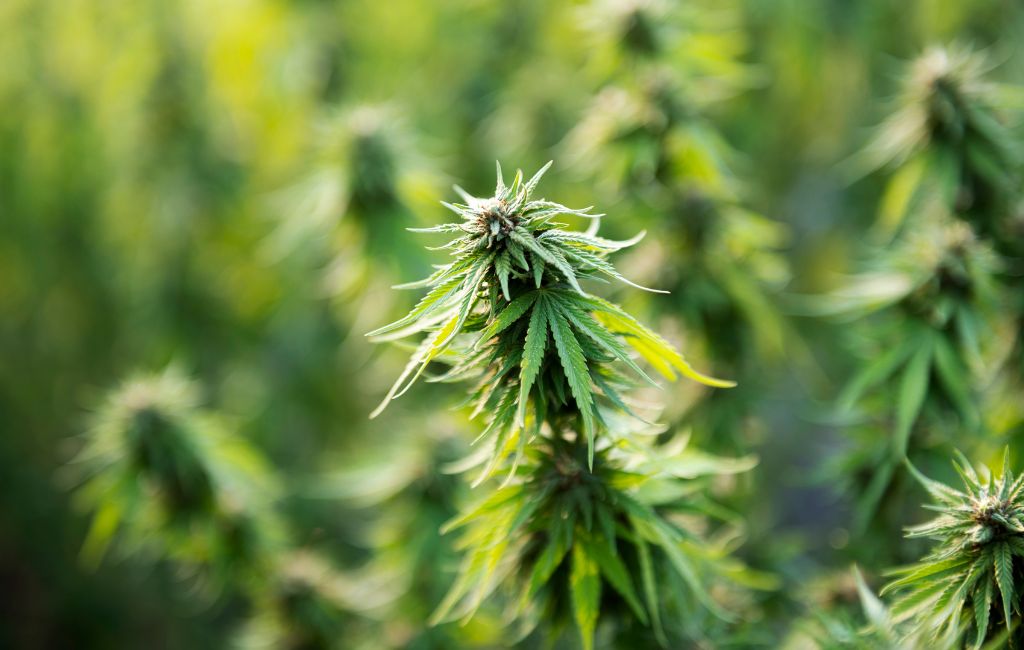Invasive weeds present a significant challenge to ecosystems, agriculture, and urban environments. These plants, often introduced from other regions, can outcompete native species, disrupt habitats, and cause economic damage. Understanding the impact of invasive weeds and exploring management strategies is crucial for maintaining ecological balance.
Understanding Invasive Weeds
Invasive weeds are non-native plants that spread rapidly and cause harm to the environment, economy, or human health. They often thrive in disturbed areas, where they can quickly establish and dominate. Their ability to adapt to various conditions makes them formidable adversaries in natural and managed landscapes.
Characteristics of Invasive Weeds
- Rapid growth and reproduction
- High seed production and dispersal
- Ability to thrive in diverse environments
- Resistance to local pests and diseases
These characteristics enable invasive weeds to outcompete native plants, leading to reduced biodiversity and altered ecosystem functions.
Impact on Ecosystems
Invasive weeds can significantly alter ecosystems by displacing native species and changing habitat structures. This can lead to a cascade of effects, impacting wildlife, water quality, and soil health.
Case Study: Kudzu in the Southeastern United States
Kudzu, a vine native to Asia, was introduced to the United States in the late 19th century. It was initially used for erosion control but quickly spread across the southeastern states. Kudzu’s rapid growth smothers native vegetation, leading to a loss of biodiversity and changes in soil composition.
Agricultural Implications
Invasive weeds pose a significant threat to agriculture by reducing crop yields and increasing management costs. They compete with crops for resources such as light, water, and nutrients, leading to decreased productivity.
Economic Impact
- Increased herbicide use and management costs
- Reduced crop yields and quality
- Loss of grazing land for livestock
The economic burden of invasive weeds on agriculture is substantial, with billions of dollars spent annually on control measures and lost productivity.
Urban Challenges
In urban areas, invasive weeds can damage infrastructure, reduce property values, and pose health risks. Their presence in parks and gardens can diminish recreational spaces and require costly maintenance efforts.
Example: Japanese Knotweed in the UK
Japanese knotweed is a notorious invasive plant in the UK, known for its ability to damage buildings and infrastructure. Its aggressive root system can penetrate concrete and asphalt, leading to structural damage and costly repairs.
Management Strategies
Effective management of invasive weeds requires a combination of prevention, early detection, and control measures. Integrated approaches that consider ecological, economic, and social factors are often the most successful.
Prevention and Early Detection
- Public awareness and education campaigns
- Monitoring and reporting systems
- Regulation of plant imports and movement
Preventing the introduction and spread of invasive weeds is the most cost-effective strategy. Early detection allows for rapid response and containment, reducing long-term impacts.
Control Methods
- Mechanical removal and mowing
- Chemical treatments with herbicides
- Biological control using natural predators
- Restoration of native vegetation
Combining multiple control methods can enhance effectiveness and reduce the likelihood of resistance development.
Conclusion
Invasive weeds pose a significant threat to ecosystems, agriculture, and urban environments. Their ability to outcompete native species and adapt to diverse conditions makes them challenging to manage. By understanding their characteristics and impacts, and implementing integrated management strategies, we can mitigate their effects and protect our natural and managed landscapes.


